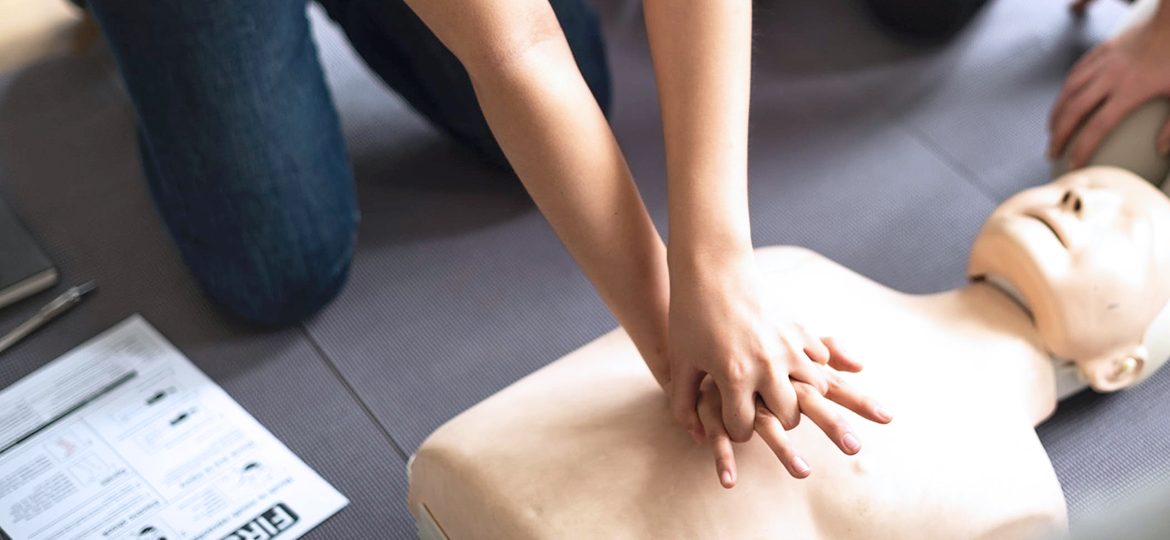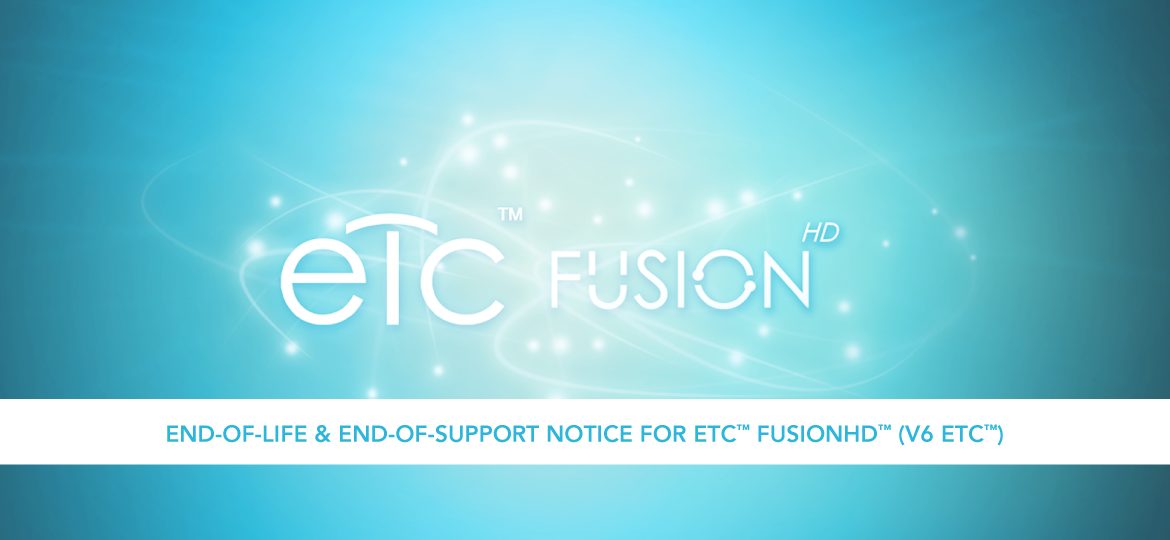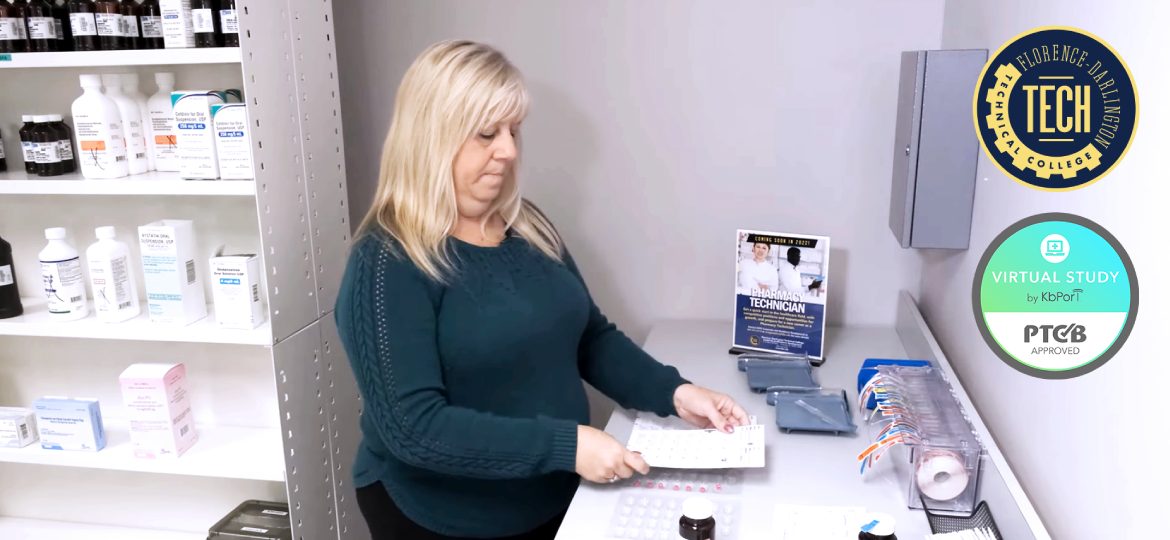PITTSBURGH, PA, April 9, 2019
A routine conference trip turned into a reminder that knowing how to perform cardiopulmonary resuscitation is extremely valuable skill to have. Last week, KbPort team members attended the National Nurse Educator Summit in Savannah, Georgia. While awaiting transportation outside Savannah International Airport (SAV), career nurse and KbPort education and curriculum expert, Wendy Grbach, witnessed an elderly male suffer a cardiac event and collapse to the ground as he was removing luggage from a vehicle in the drop-off and unloading area of the terminal.
Quickly coming to the aid of the unresponsive patient, Grbach performed an initial assessment and immediately began delivering lifesaving CPR. By the time EMS personnel arrived on scene, Grbach’s efforts had revived the man and he was then transported to a local hospital for further treatment. Good news arrived from Georgia late last week via the man’s family, who informed KbPort that he is progressing and stable. Without Grbach’s intervention, however, the outcome may not have been as positive.
While Grbach’s successful rescue was celebrated here at KbPort, the event reminded all of us of the critical role that both training and education play in successful healthcare outcomes. As KbPort continues with its mission of providing dynamic technology solutions that enhance learning experiences and aide with clinical-skills acquisition, we take pause to point out that even the most commonly recognized of first-aid skills still requires continued promotion in order to encourage public awareness and training participation.
Knowledge of CPR is an extremely valuable skill, not only for healthcare professionals, but also for the general public. On the same day that the above incident occurred, out-of-hospital CPR research was being discussed by the national media. That research, a recently published study conducted by a Swedish team, has found that survival rates of cardiac arrest patients were at least doubled when any type of CPR was performed prior to the arrival of emergency personnel. The comparative study, which looked at resuscitation outcomes across three different CPR protocol periods, also stressed that its findings support a “continuous endorsement” of the current simplified (compression-only) CPR guidelines (which apply to both experienced and inexperienced persons) because they are “associated with higher CPR rates and overall survival in out-of-hospital cardiac arrest” (Riva et al, 2019, P.1).
In other words, when looking at bystander CPR rates across three different time periods, the researchers observed a significant increase in bystander intervention that they attribute to the American Heart Association’s change to and promotion of CO (compression-only)-CPR. While Riva et al. suggest a number of reasons why the CO-CPR method may have increased the performance of bystander CPR overall, the fact remains that delivering any form of CPR during the critical, early minutes of a cardiac arrest can make the difference between life and death. Statistics such as these are why the AHA encourages all individuals to learn the basics of CPR; as they indicate in the promotion of their informational CO-CPR video, it only takes 90 seconds to learn how to save a life.
More information about CPR and CPR training offerings can be found on the American Heart Association website. The American Red Cross also offers CPR training and resources in accordance with AHA guidelines.







